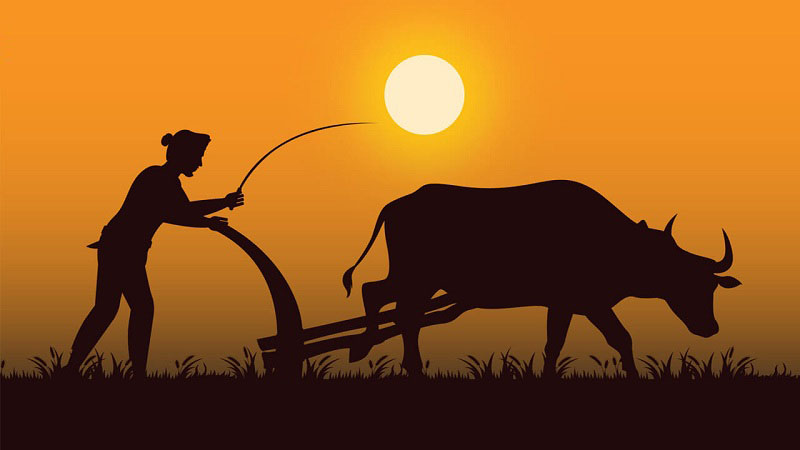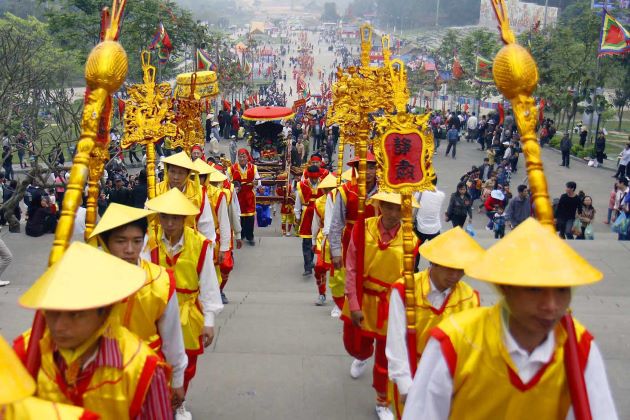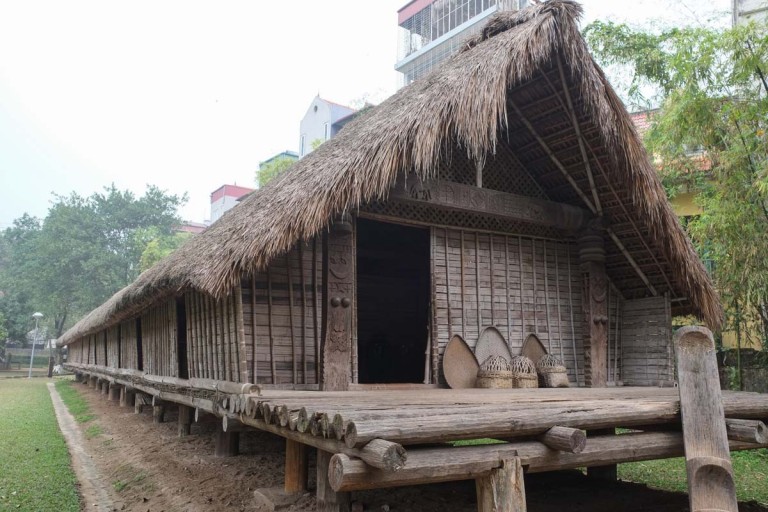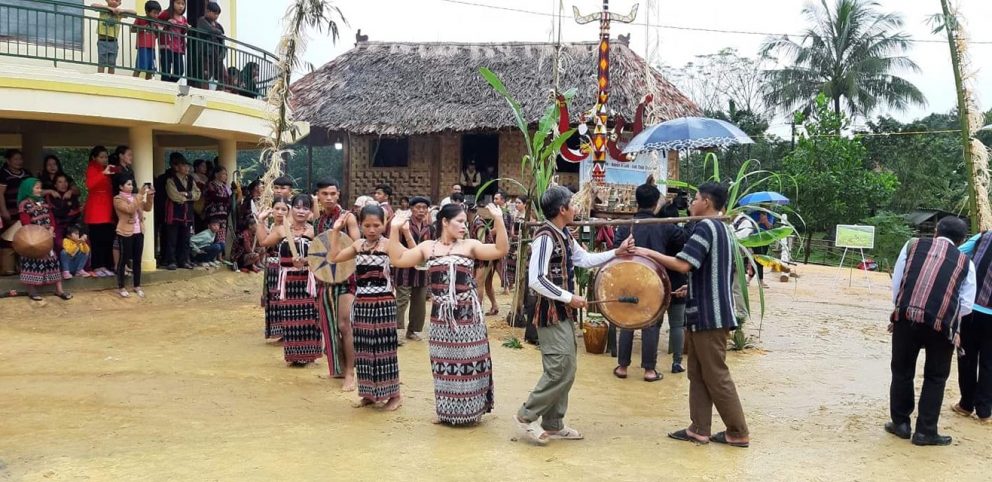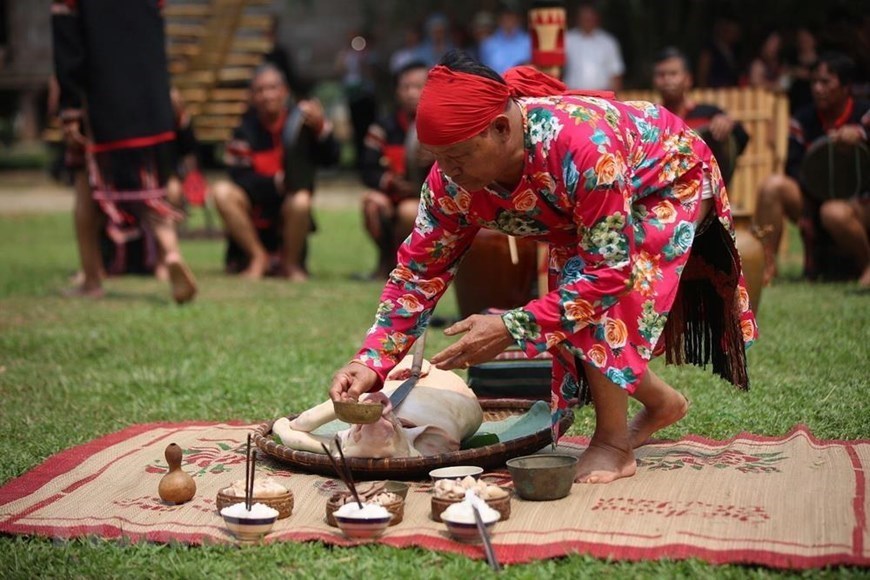Photo sources
[1] Vietnam: Kinh natives: festival with golden objects:
https://www.vietvisiontravel.com/post/the-kinh/
[2] Kinh woman in a ao dai dress:
https://www.vietvisiontravel.com/post/the-kinh/
[3] Kinh natives on bike with a double basket:
http://www.vietvisiontravel.com/post/the-kinh/
[4] Vietnam
natives: stilt house of the Thai natives:
http://www.vietnamvisa-easy.com/blog/vietnamese-traditional-houses/
[5] Vietnam natives: community house (Rông House)
on stilts at the natives of Bana, Xe dang and Giarai:
http://www.vietnamvisa-easy.com/blog/vietnamese-traditional-houses/
[6] Vietnam natives: long house on stilts, Ethnological
Museum of Hanoi:
http://www.vietnamvisa-easy.com/blog/vietnamese-traditional-houses/
[7] Vietnam natives of Mo Nong:
http://vietnameasyrider.com/mnong-ethnic-people-in-vietnam-1
[8] Vietnam natives of Mo Nong:
http://vietnameasyrider.com/mnong-ethnic-people-in-vietnam-1
[9] Vietnam natives of Mo Nong: stilt house with two
stairs one for men and one for women:
[10] Vietnam: map with the natives:
https://www.reddit.com/r/MapPorn/comments/9iqn64/ethnic_map_of_vietnam/
big map: https://i.imgur.com/fwTqVHF.jpg
[11] Vietnam Truong Son Mountain Range: rice terraces:
https://www.reddit.com/r/pics/comments/9af5xb/vietnamese_terraced_rice_paddy/
[12] Vietnam Truong Son Mountain Range: natives harvesting
rice: https://pxhere.com/en/photo/1026149
[13] Vietnam: Têt New Years Festival:
https://www.thoughtco.com/what-is-tet-1458357
[14] Vietnam: Têt New Years Festival with flower stands:
https://jptraveltime.com/tet-festival-of-the-spring/
[15] Châm natives in Vietnam and Cambodia:
https://en.wikipedia.org/wiki/Chams
Foto:
https://en.wikipedia.org/wiki/Chams#/media/File:Cham_People_in_Vietnam_and_Cambodia.jpg
[16] Châm natives in Vietnam: Muslim wedding in Chau Doc
region:
https://mvslim.com/isolated-muslim-communities-know-cham-muslims-vietnam-simone-donvang/a-cham-muslim-wedding-in-a-small-village-near-chau-doc-vietnam-2/
[17] Vietnam natives in the Truong Son Mountain Range,
collectgive photo:
https://duckduckgo.com/?q=Paco+tribe+vietnam&t=h_&iar=images&iax=images&ia=images
[18] Vietnam natives Gia Rai:
https://bonvoyagevietnam.com/lethnie-gia-rai/
[19] Vietnam natives Gia Ray, men with bamboo xylophone:
https://www.vietvisiontravel.com/post/gia-rai-ethnic-group/
[20] Vietnam natives Gia Ray, women are weaving:
https://authentiktravel.es/jarai-gia-rai-respiran-tierras-altas
[21] Vietnam rice cooking competition:
https://www.vietvisiontravel.com/post/rice-cooking-competitions-vietnam/
[22] Vietnam rice festival with dance for rice mother or
for a mountain god:
https://www.crdvietnam.org/en/bustling-with-new-rice-festival-aza-new-year-in-mu-nu-ta-ra-village/
[23] Vietnam has also a buffalo culture:
https://vietnaminsider.vn/things-you-should-know-another-the-buffalo-in-vietnamese-culture/
[24] Vietnam: Ede natives: a shaman preparing a ritual:
https://vietnamnet.vn/en/vietnamese-ethnic-groups-culture-day-in-pictures-525084.html
[25] Vietnam: Ede natives: women in black:
https://vietnamnet.vn/en/vietnamese-ethnic-groups-culture-day-in-pictures-525084.html
[26] Vietnam: Ede natives making a walk:
https://www.vivutravel.com/vietnam-travel-guide/vietnamese-people/the-thai-ethnic-group
[27] Vietnam: Tay Nguyen natives, circle dance:
https://www.pinterest.com/pin/403635185332883965/







